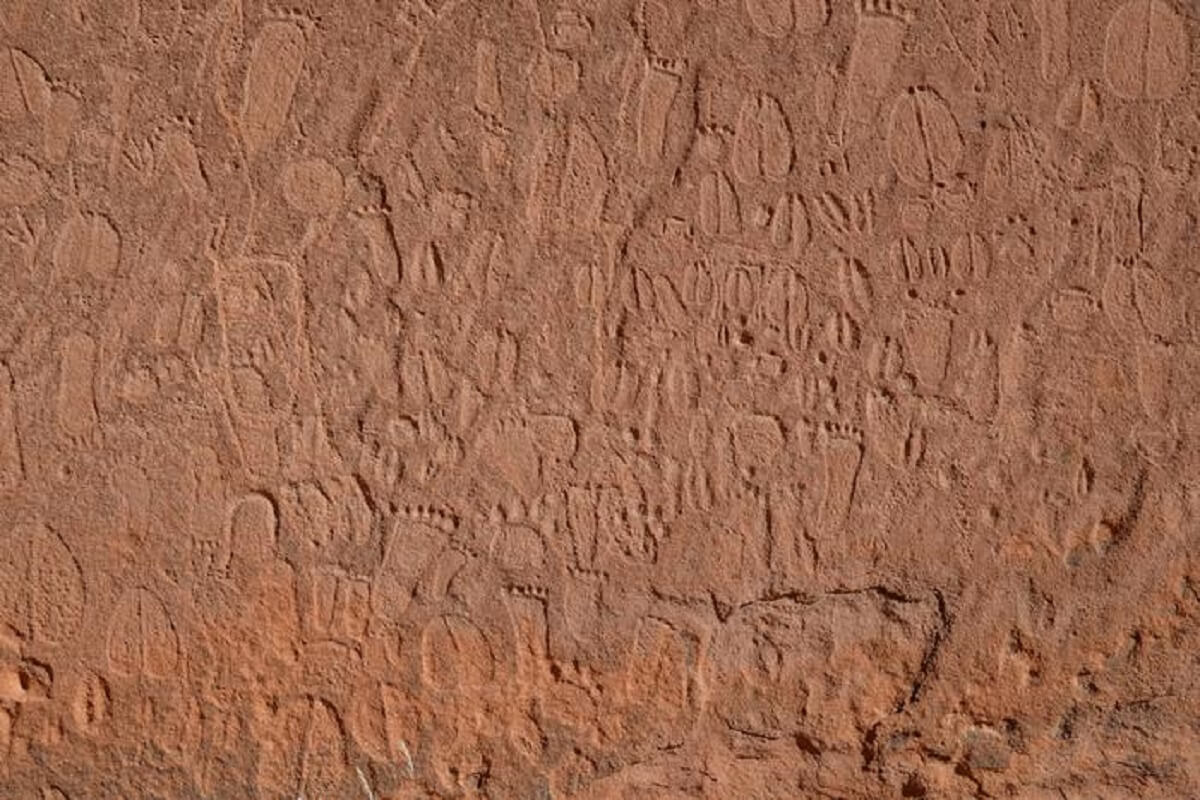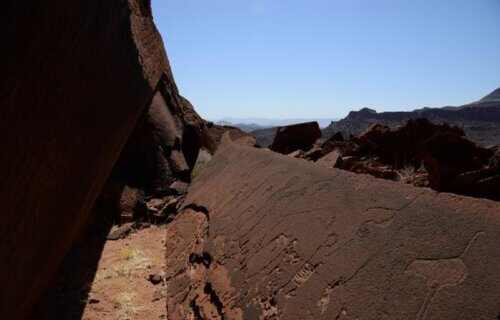ERLANGEN, Germany — A recent study reveals that Stone Age artists in what is now Namibia were so skilled at carving animal tracks that modern-day indigenous trackers can identify not just the species but also the sex and age of the animals they depicted.
The research also allows these trackers to determine which leg of the animal is featured in the ancient carvings.
“Namibia’s rock faces contain numerous Stone Age depictions of animals and humans, as well as human footprints and animal tracks. Until now, the latter have received little attention because researchers lacked the knowledge to interpret them,” says lead author Dr. Andreas Pastoors from the University of Erlangen–Nuremberg in a media release.
To delve deeper into these ancient works of art, German archaeologists collaborated with indigenous trackers from the Nyae Nyae Conservancy in Namibia. Together, they examined hundreds of these tracks found in the Doro Nawas Mountains in central Western Namibia. The team says it successfully identified not only the species but also the sex, age group, and even which leg was depicted in over 90 percent of the 513 engravings they examined.

The findings are noteworthy because the trackers found a greater variety of animals represented by tracks than by actual depictions of the animals.
“The tracks cover a wider range of animal species than in conventional animal depictions and differentiated cultural patterns emerge in the representation of the various species,” elaborates Dr. Pastoors.
Interestingly, the engravings also showed a bias towards certain species and focused more on adult animals than juveniles. Male footprints were more commonly depicted than female footprints. The researchers suggest that these preferences are likely culturally determined, although the exact meanings behind these patterns remain a mystery.
The study underscores the “tremendous capacity” of indigenous knowledge to advance archaeological research, according to the team. However, they also note that the precise meaning and context of these Stone Age engravings may continue to elude us.
The findings are published in the journal PLoS ONE.
You might also be interested in:
- Were our ancestors cannibals? Ancient bones reveal early humans ‘butchered one another’
- Gender role reversal: Women may have been big-game hunters in ancient times!
- Animal attacks by the numbers: From dogs to lions, here’s what research tells us
South West News Service writer Stephen Beech contributed to this report.


And the Nyae Nyae trackers laughed and laughed and laughed as the dumb whiteys paid them by the week to “interpret” the silly scratches on the rocks.